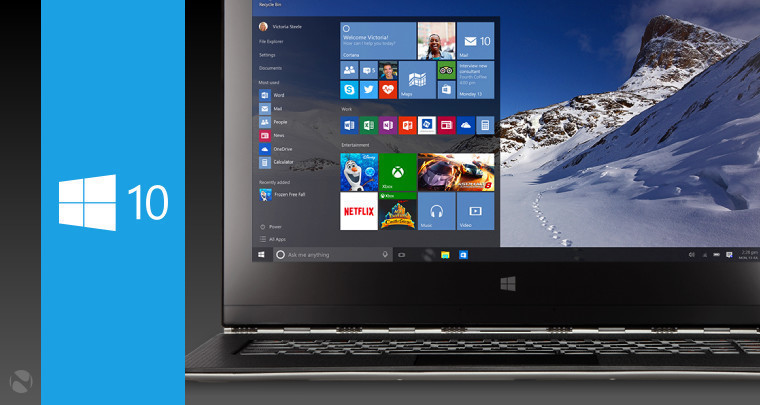On July 29, Microsoft launched Windows 10, and it's fast approaching a major milestone in its deployment. In its first year of availability, Microsoft is offering the new OS as a free upgrade for Windows 7 and 8.1 machines, and with literally hundreds of millions of these devices eligible for upgrade, this is evidently a massive undertaking.
Rather than allow all users to upgrade at once, Microsoft is staggering the upgrade in 'waves', and on August 26, it delivered its most recent official update on how many Windows 10 installations it had registered so far: 75 million - not bad in less than a month.

Of course, that number has continued to increase, but by exactly how much remains unclear, as the company has not updated its official figures since then - and it's unlikely to do so until it reaches its next major milestone, 100 million installations.
According to our esteemed former colleague, Brad Sams, now over at Petri, the number of Windows installations has now grown to over 81 million. However, I understand from my own sources that that figure is a bit low, and that Microsoft is likely closer to that 100 million milestone.
On Friday, Microsoft hosted a Windows 10 'showcase' event at the IFA trade show in Berlin, at which it revealed that its Windows Insider program had grown by a million people in just over three weeks. As I observed at the time, it was notable that Microsoft didn't provide an update on its installation figures at that event - and I subsequently tapped my own sources to try to find out more.
None provided an exact figure, but one source that has previously shared knowledge of Windows 10 deployments clearly indicated that Microsoft is 'nearly there', when pressed for information on when that next big milestone will be reached. None of those that I spoke to gave any indication that Microsoft had significantly throttled back on its rollout.

That's significant, because it's worth considering the rate at which the Windows 10 rollout has proceeded so far. From Microsoft's figures, we know that it took 24 hours to get to 14 million installations; and we also have the official update of 75 million that came on August 26. If we exclude the headline-grabbing first day, that means that it took 27 days for installations to increase by 61 million - that's around 2.26 million per day.
However, if Windows 10 installations now stand at 81 million, that would mean an increase of just 6 million in the last 13 days - or fewer than half a million per day. That would represent a dramatic slowdown in the rate at which Microsoft is rolling out the OS - roughly 80% slower than the pace it established up to August 26. At that rate, 100 million installations would not be reached until mid-October.
That said, the rollout rate has clearly slowed to some degree - if Microsoft had maintained its earlier pace, it would have passed through the 100 million milestone a few days ago. Based on what I've been told - and by crunching a few numbers - my understanding remains that the reported 81 million figure is somewhat lower than the true total - but if it were accurate, that would indicate a massive slowdown in the Windows 10 rollout, which would certainly raise some interesting questions.

















45 Comments - Add comment